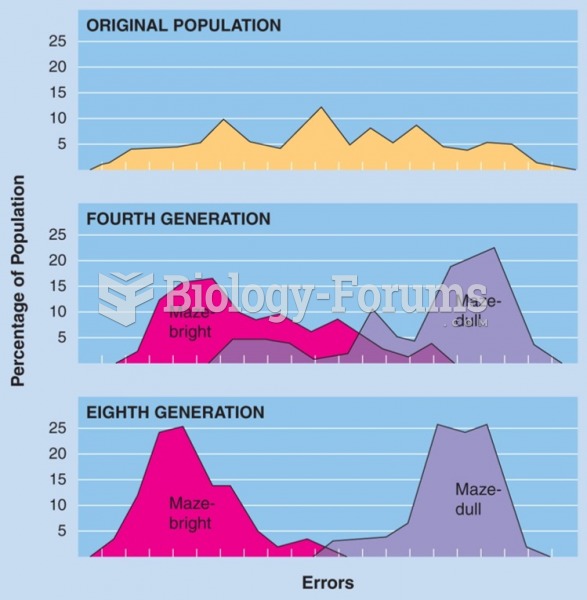|
|
|
In 1864, the first barbiturate (barbituric acid) was synthesized.
More than 30% of American adults, and about 12% of children utilize health care approaches that were developed outside of conventional medicine.
Side effects from substance abuse include nausea, dehydration, reduced productivitiy, and dependence. Though these effects usually worsen over time, the constant need for the substance often overcomes rational thinking.
Bisphosphonates were first developed in the nineteenth century. They were first investigated for use in disorders of bone metabolism in the 1960s. They are now used clinically for the treatment of osteoporosis, Paget's disease, bone metastasis, multiple myeloma, and other conditions that feature bone fragility.
Congestive heart failure is a serious disorder that carries a reduced life expectancy. Heart failure is usually a chronic illness, and it may worsen with infection or other physical stressors.
 A pygmy hippopotamus rests in some water to help prevent its skin from cracking at Ueno Zoo in Japan
A pygmy hippopotamus rests in some water to help prevent its skin from cracking at Ueno Zoo in Japan
 Critical thinking involves analysis in which the nurse examines patient data available from a variet
Critical thinking involves analysis in which the nurse examines patient data available from a variet





